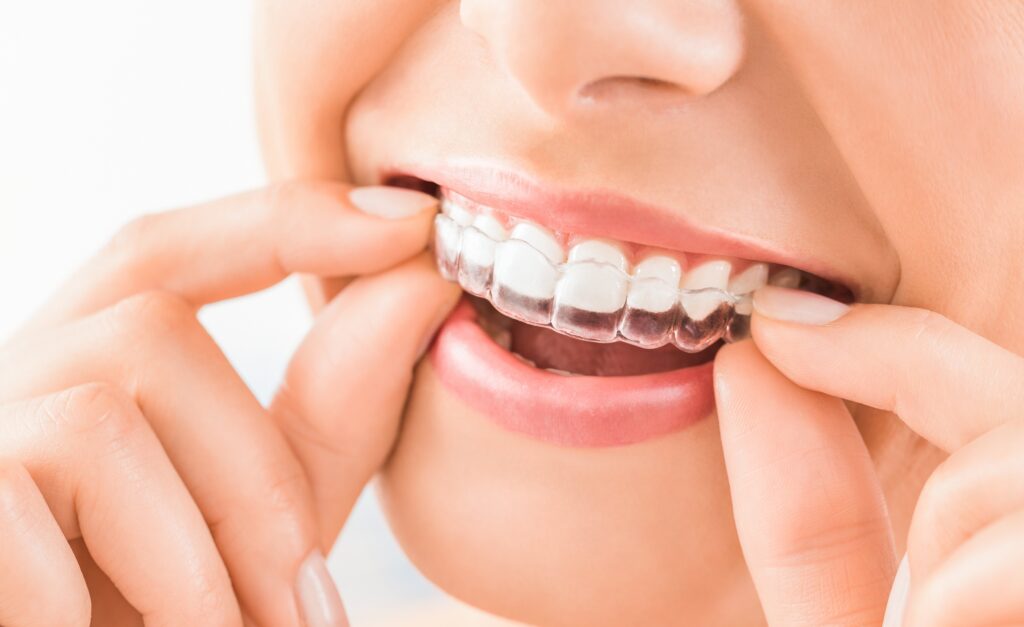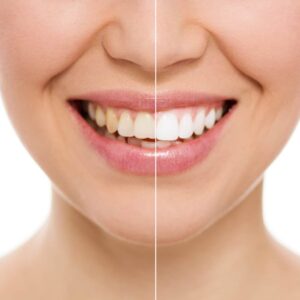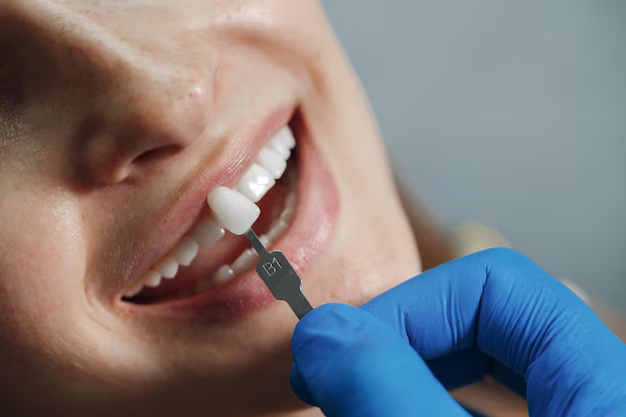
If you’ve ever dealt with crowded teeth, you know how uncomfortable and frustrating it can be. From challenging oral hygiene to causing bite issues, crowding isn’t just a cosmetic concern—it can affect your overall dental health. That’s where Invisalign steps in as a game-changer. These clear aligners are discreet and highly effective for addressing crowded teeth. Let’s explain how Invisalign works its magic and why finding the best orthodontist for Invisalign matters.
What Is Invisalign?
Invisalign is a modern orthodontic treatment that uses clear, custom-made aligners to straighten teeth. Unlike traditional braces with wires and brackets, Invisalign aligners are nearly invisible and fit snugly over your teeth. They’re made from a smooth, BPA-free plastic, which makes them comfortable to wear.
For people with crowded teeth, Invisalign offers a less invasive and more flexible alternative to braces. You can remove the aligners while eating or brushing, making it easier to keep up with your daily routine.

How Invisalign Fixes Crowded Teeth
Crowded teeth happen when there’s not enough space in your jaw for your teeth to align properly. This can cause overlapping, twisting, or rotation of teeth. Invisalign works by gradually moving your teeth into better positions. Here’s a step-by-step look at the process:
1. Consultation with an Orthodontist
The first step is visiting a skilled orthodontist—ideally, the best orthodontist for Invisalign in your area. They’ll evaluate your teeth and determine if Invisalign is your right choice. Using 3D imaging technology, your orthodontist will create a digital model of your mouth to design your treatment plan.
2. Custom Aligners Are Made
Once the plan is finalized, Invisalign creates a series of aligners tailored to your needs. Each aligner is slightly different and designed to gradually move your teeth.
3. Wearing the Aligners
Depending on your treatment plan, you’ll wear each set of aligners for about one to two weeks. You need to wear them for at least 20–22 hours a day to get the best results. Removing them for meals or brushing is fine, but consistency is key.
4. Gradual Shifts
Each aligner applies gentle pressure to certain teeth, guiding them into their proper positions. The aligners target different teeth as you switch to the next set, ensuring steady progress.
5. Periodic Check-Ups
In most cases, you’ll have regular appointments with your orthodontist—every six to eight weeks. These visits ensure your treatment is on track and allow your orthodontist to make adjustments if needed.
6. Final Touches
Once you’ve completed all the aligners, your orthodontist may recommend a retainer to maintain your new smile. Teeth can shift back over time, so retainers are crucial for preserving the results.
Why Invisalign Is Ideal for Crowded Teeth
Invisalign stands out because it’s convenient, comfortable, and discreet. The aligners are barely noticeable, which is great if you’re self-conscious about orthodontic treatment. Plus, the removable nature makes eating and cleaning your teeth hassle-free.
Regarding crowded teeth, Invisalign is highly effective because it precisely addresses alignment and spacing issues. The 3D imaging ensures that each movement is carefully planned, which means less guesswork and better results.
Choosing the Right Orthodontist
The success of your treatment heavily depends on the expertise of your orthodontist. Choosing the best orthodontist for Invisalign ensures you’ll get a tailored treatment plan and professional guidance. A skilled orthodontist knows how to handle more complex cases of crowding and can help you achieve the smile you’ve always wanted.
“Invisalign is an excellent treatment for crowded teeth, as it offers precision and comfort without the invasiveness of traditional braces. The ability to monitor the progress through regular check-ups ensures that each patient receives personalized care tailored to their specific needs. It’s all about building trust and consistency to achieve that perfect smile.”
– Dr. Alag, DDS, FAGD of Fab Dental Hayward.
FAQs About Invisalign for Crowded Teeth
How long does Invisalign take to fix crowded teeth?
Treatment times vary depending on the severity of the crowding, but typically it takes about 12 to 18 months to see full results. Your orthodontist will give you a personalized timeline based on your needs.
Can I eat and drink with my Invisalign aligners on?
No, you should remove your aligners before eating or drinking anything other than water to avoid staining or damaging them.
Is Invisalign painful?
Invisalign is generally more comfortable than traditional braces, but you may feel some pressure or mild discomfort as your teeth move into place, especially after changing aligners.
Will I need to wear a retainer after Invisalign treatment?
Yes, wearing a retainer after Invisalign treatment is essential to prevent your teeth from shifting back to their previous positions.
How often should I visit my orthodontist during Invisalign treatment?
Most patients visit their orthodontist every 6 to 8 weeks to monitor progress and receive new aligners. Your orthodontist will let you know the specific schedule for your treatment.
Final Thoughts
If you’re tired of dealing with crowded teeth, Invisalign offers a smart, effective solution without the hassle of metal braces. It’s all about teamwork—your commitment to wearing the aligners and the expertise of the best orthodontist for Invisalign will lead to stunning results. With Invisalign, you can finally feel confident about your smile.







